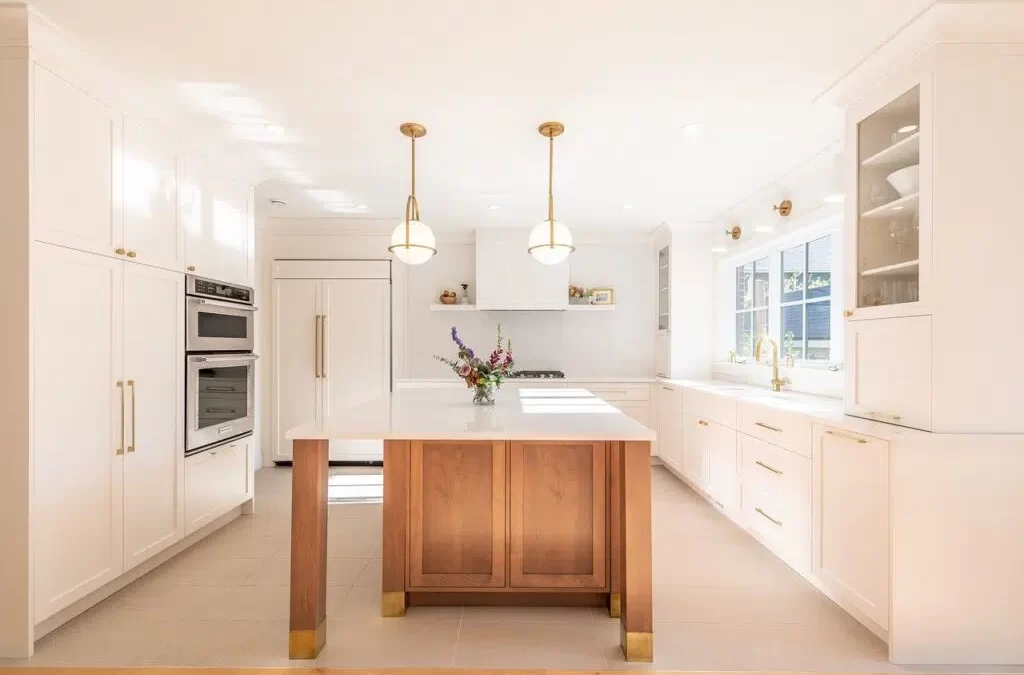Custom kitchen renovations can transform the heart of your home, providing a functional and stylish space tailored to your needs. This step-by-step guide will walk you through the process, ensuring a smooth and successful renovation project.
Step 1: Initial Planning
The first step in any custom kitchen renovation is planning. Begin by identifying your needs and desires for the new kitchen. Consider aspects like layout, storage, appliances, and aesthetic preferences. Create a list of must-haves and nice-to-haves to guide your decisions.
Step 2: Budgeting
Setting a realistic budget is crucial. Custom kitchen renovations can vary widely in cost, depending on the materials and appliances you choose. Be sure to include a contingency fund for unexpected expenses. Consulting with a professional can help you understand potential costs and avoid budget overruns.
Step 3: Designing Your Kitchen
Once your budget is set, it’s time to design your new kitchen. Working with a professional designer can be invaluable at this stage. They can help you optimize the layout for functionality and aesthetics, ensuring that every inch of space is utilized effectively. Consider using 3D design tools to visualize the final outcome.
Step 4: Selecting Materials and Appliances
Choosing the right materials and appliances is a critical part of the renovation process. From countertops to cabinetry, flooring to fixtures, your selections will impact the overall look and feel of your kitchen. Focus on quality and durability, especially for high-traffic areas and frequently used items.
Step 5: Hiring a Contractor
A skilled contractor can make or break your renovation project. Look for experienced professionals with a solid reputation in custom kitchen renovations. Check references and reviews, and make sure they are licensed and insured. A good contractor will manage the project, coordinate with subcontractors, and keep you informed of progress and any issues that arise.
Step 6: Demolition and Construction
With your plans in place and materials selected, it’s time for demolition and construction. This phase can be messy and disruptive, so be prepared for some inconvenience. Your contractor will handle the heavy lifting, ensuring that everything is done according to code and specifications.
Step 7: Installation of Finishes
Once the major construction is complete, it’s time to install the finishes. This includes cabinetry, countertops, backsplash, flooring, and appliances. Attention to detail is key here to ensure a flawless finish. Your contractor should oversee this process to ensure everything is installed correctly and looks perfect.
Step 8: Final Inspections and Touch-Ups
Before you can enjoy your new kitchen, final inspections are necessary. This ensures that all work complies with building codes and standards. Any remaining touch-ups or minor adjustments are made at this stage to achieve the perfect finish.
Conclusion
Custom kitchen renovations are a significant investment in your home. By following these steps, you can ensure a smooth process from concept to completion. Remember, thorough planning, careful selection of materials, and hiring experienced professionals are the keys to a successful renovation. With the right approach, your YHIT custom kitchen renovations can create a beautiful and functional space that enhances your home for years to come.
Related posts
Recent Posts
Advertisment



Social Media